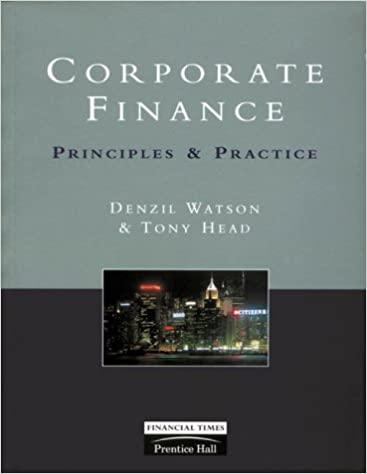
The City of Pawnee, Indiana is currently evaluating the feasibility of a public capital project. The goal of the project is to build a park and monument to Li'l Sebastian, a beloved celebrity miniature horse. The project will initially require the acquisition of a parcel of land for $55,000, construction and construction materials valued at $230,000 and 2,400 hours of construction labor (local wage rates for construction workers are estimated at $28 per hour). The city anticipates that construction of the park will take exactly one year to complete from the day it begins for the purpose of this analysis, treat the construction year as year 0. It will fund construction costs in that year entirely using accumulated reserves; no borrowing will take place. After completion, the city anticipates the park will have 2,000 visitors in its first full year of operation. The number of visitors is expected to grow by 7.5 percent annually each year. Although the city does not plan to charge for admission, surveys of Pawnee residents indicate that visitors would be willing to pay $4 per visit, on average. The city also anticipates that the park will earn an additional $95,000 annually renting park space to residents for private events in the park's first year of operation. The city plans to increase the rental fee on the park for events by 2 percent annually after the first year. Once operational, the park will require one part-time park ranger per 3,000 visitors each year. Each park ranger's salary is $28,000. The city will contract the park's landscaping and caretaking services with a local firm. They expect the firm will charge $25,000 per year in the park's first year of operation, and that cost will increase by 1 percent per year after the first year. Finally, the city anticipates each visitor will generate $1.50 in costs due to water usage and wear and tear on the park. a. Make a table detailing how many visitors the park will receive each year, as well as each source of revenue and cost associated with construction and operation of the proposed park project from year to the end of year 10. Be sure to label which revenues and costs are fixed, step, or variable costs. b. How would you define the park's unit cost, and what is it for the park's first full year of operation? Is the unit cost increasing or decreasing over time and why? c. What is the net present value and benefit cost ratio of the park assuming a discount rate of 3 percent? What if the discount rate is raised to 7 percent? d. Based on these results, would you recommend the city build the park? Be sure to discuss the any possible shortcomings of this analysis. The City of Pawnee, Indiana is currently evaluating the feasibility of a public capital project. The goal of the project is to build a park and monument to Li'l Sebastian, a beloved celebrity miniature horse. The project will initially require the acquisition of a parcel of land for $55,000, construction and construction materials valued at $230,000 and 2,400 hours of construction labor (local wage rates for construction workers are estimated at $28 per hour). The city anticipates that construction of the park will take exactly one year to complete from the day it begins for the purpose of this analysis, treat the construction year as year 0. It will fund construction costs in that year entirely using accumulated reserves; no borrowing will take place. After completion, the city anticipates the park will have 2,000 visitors in its first full year of operation. The number of visitors is expected to grow by 7.5 percent annually each year. Although the city does not plan to charge for admission, surveys of Pawnee residents indicate that visitors would be willing to pay $4 per visit, on average. The city also anticipates that the park will earn an additional $95,000 annually renting park space to residents for private events in the park's first year of operation. The city plans to increase the rental fee on the park for events by 2 percent annually after the first year. Once operational, the park will require one part-time park ranger per 3,000 visitors each year. Each park ranger's salary is $28,000. The city will contract the park's landscaping and caretaking services with a local firm. They expect the firm will charge $25,000 per year in the park's first year of operation, and that cost will increase by 1 percent per year after the first year. Finally, the city anticipates each visitor will generate $1.50 in costs due to water usage and wear and tear on the park. a. Make a table detailing how many visitors the park will receive each year, as well as each source of revenue and cost associated with construction and operation of the proposed park project from year to the end of year 10. Be sure to label which revenues and costs are fixed, step, or variable costs. b. How would you define the park's unit cost, and what is it for the park's first full year of operation? Is the unit cost increasing or decreasing over time and why? c. What is the net present value and benefit cost ratio of the park assuming a discount rate of 3 percent? What if the discount rate is raised to 7 percent? d. Based on these results, would you recommend the city build the park? Be sure to discuss the any possible shortcomings of this analysis







